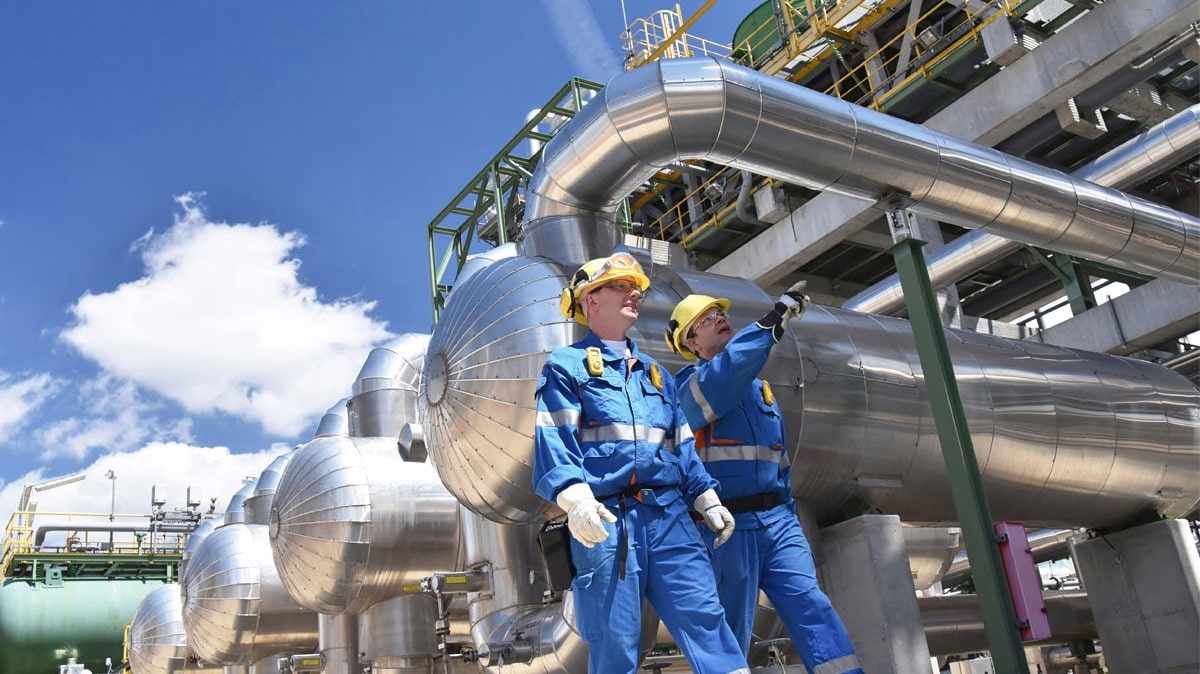
Maintenance Management Indicators Have No Value Unless…
The position of maintenance management indicators
Maintenance indicators have no value unless they are met with the right purpose, formula, data and analysis!
One of the important indicators in the field of industry is the overall equipment effectiveness (OEE) index. This index is a combination of the product of three indicators of accessibility, performance and quality. The purpose of this index is to be able to measure the effectiveness of equipment in the production of quality product, according to the design and layout that has been done for the production process and equipment.
Overall equipment effectiveness index
It is most used for production-oriented industries with discrete processes. But for continuous processes, other indicators must be used and the use of this indicator will fade. The OEE index is created with the approach of measuring the interaction of three indicators of accessibility, performance and quality, which follows the approach of comprehensive TPM maintenance and repairs. But it is not an indicator for the technical unit or maintenance. It is mostly used for factory management and with a more comprehensive approach. (Collection of articles on the overall effectiveness of OEE equipment)
What did the petrochemical industries do with this index!?
Some online industries such as petrochemicals or cement or refineries have calculated this index! Of course, some industries are faced with numbers above 100%, such as 112% or 120%, etc. For example, one of the body production lines in the automotive industry or some petrochemicals in the Mahshahr and Assaluyeh regions or the cement industry, which has seen a number of up to 120%! They also experienced more numbers in one of the ports for cranes!
The global target of the OEE index
It is about 85%. This means that achieving this goal is one of the most ideal and also rare. So when you are constantly faced with numbers above this percentage in your factory, it is natural to suspect that the purpose, formula, data and analysis of this index in the organization has a problem.
In most cases, there is a problem in calculating the performance of this index. You cannot produce more than design equipment! Because either the device does not have the capacity or you do not know the nominal capacity of the device or you put a lot of pressure on the equipment and you will soon face a lot of breakdowns. But the petrochemical planning unit ignores the nominal capacity and design of the equipment and uses the number of the planned production instead of the nominal capacity, which in itself sometimes causes the production to be higher than planned. Numbers above 100% result for performance.
It should be noted that in petrochemicals, the index cannot be calculated for each equipment, so the index is considered for a petrochemical unit or unit that includes several interconnected equipment. That is why their index is not OEE at all, and instead it is an index of taste and worthlessness! It also attributes quality based on laboratory statistical samples or test data from production lines and overall production tonnage, and is often reported as 100%. It is normal for them to report numbers above 90% or even 100%.
Some of these industries calculate this index in the repair planning unit, and because this index is derived from the attitude of efficient maintenance and repairs, it is believed that the technical unit or maintenance and repair or planning should calculate its amount and It is the responsibility of this unit!
What does ISO 14224 say about the overall equipment effectiveness index?
In the ISO 14224 standard, which deals with the oil, gas and petrochemical industry and how to collect equipment reliability data and their analysis, in its third edition of 2016, it has listed about 34 indicators in the field of maintenance management and it is interesting that even as a footnote or subtitle in the tables and appendices does not mention the OEE index. But it has a good focus on equipment access and about three to four indicators are described.
We hope this short article gives a good overview of the common uses and errors of the OEE index.

Add comments: